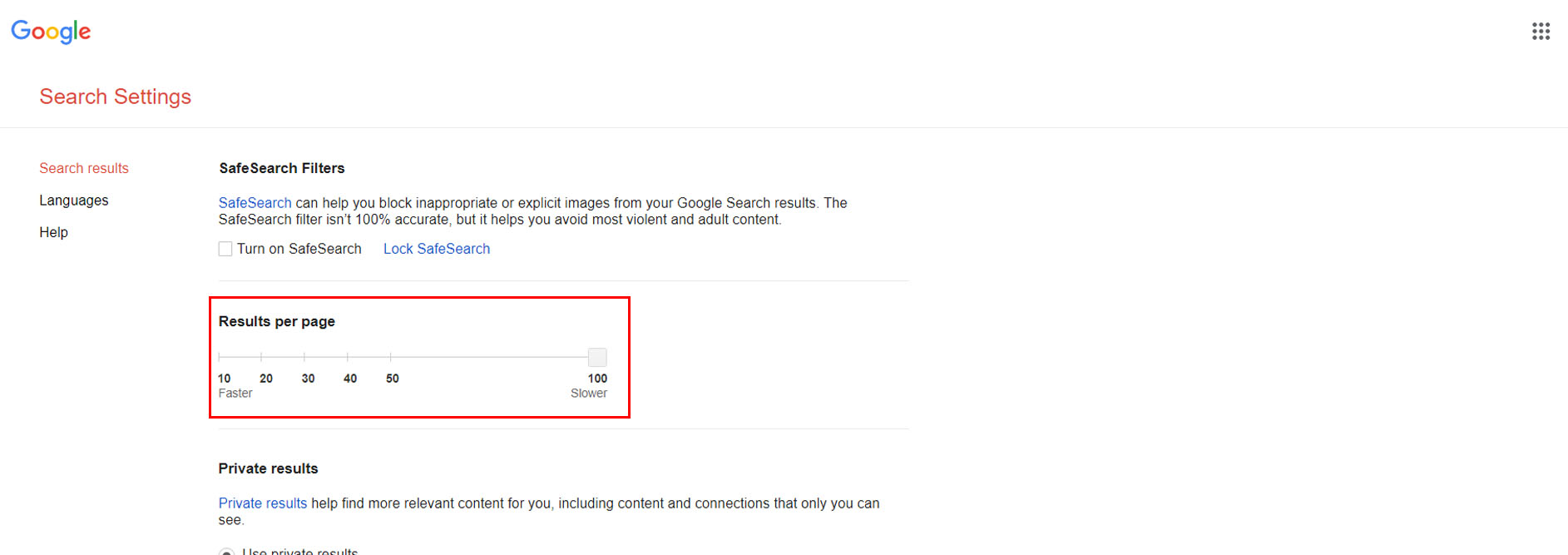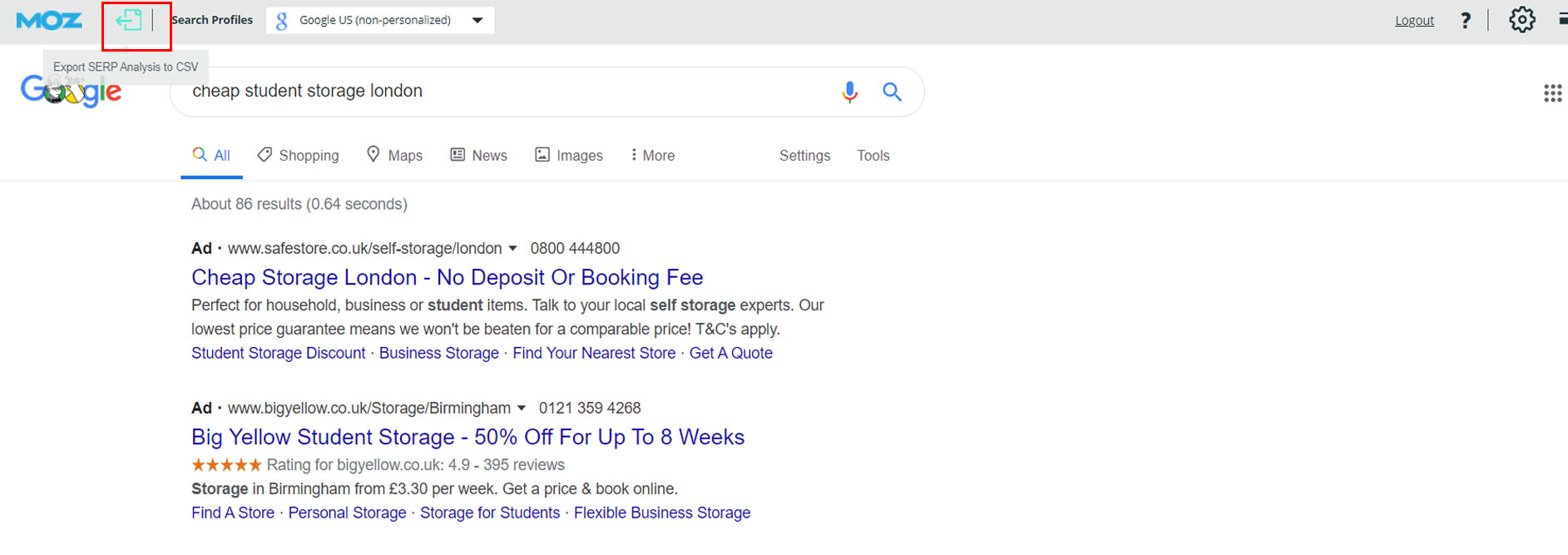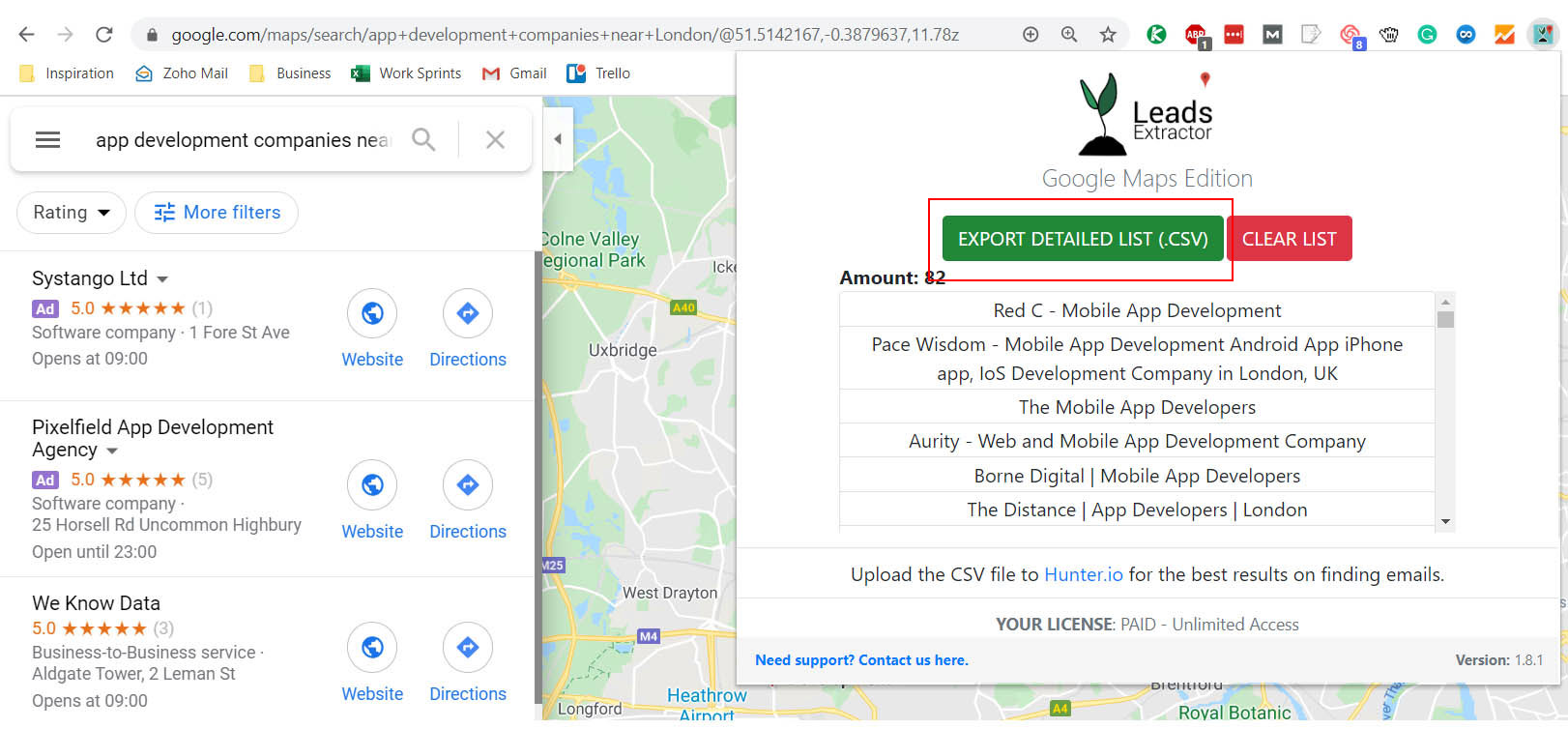How To Scrape Google (Maps & SERPs) For B2B Leads
In this post, we’ll be covering everything in the video below, where you can follow along and get clarity on the processes involved 😀
Note: I recommend watching the video from the start to get a feel of the type of approach that actually works for landing clients, you’ll make far better use of the data you will now be able to harvest.
[lwptoc]
By the end of this post, you will be able to:
Create detailed lead lists in industries you already have winning case studies in for frictionless selling with real context
Scrape directly from Google Maps at scale for accurate ready to use B2B lead data
After setting Google to show 100 results, scrape directly from the SERPs
Use the harvested data to create omnichannel B2B sales outreach campaigns like this
Find hundreds of companies with unmanaged GMBs with ease
Chrome Extensions
Let’s go ahead and dive in and get the two tools that are required installed.
MozBar from Moz
MozBar can be downloaded here.
Being a heavy user of Scrapebox & URLProfiler, one would gravitate towards those tools, but unfortunately, once you start messing around with proxies and mass scraping Google, results and potential clients may be lost.
Scraping manually gives you peace of mind, and with processes like merging CSV files, you can do it at a massive scale with 100% accuracy by leveraging remote teams.
While we generally use Ahrefs for our link checking requirements, Mozbar is still really useful because it allows us to export the top 100 from the SERPS while still maintaining the current active ranking position on an exported CSV file.
No one wants to be spammed, but when you’re an agency who actually does well in the industry with authority placements to show, a well-researched email with their live search position included in the email will increase the chance of you starting a dialogue with the prospect.
Leads Extractor – B2B Google Maps Edition
Leads Extractor – B2B Google Maps Edition can be downloaded here.
Note: This plugin is paid, you can find other alternatives by Googling around, but we found the small cost of $30 a month is justified as it gives our guys a straightforward interface, to be honest, you can scrape enough leads for a few years in just a month with the right team 😉
A plugin that works in 2020 reliably to scrape Google maps after years of using clunky tools that required our devs to maintain… finally!
You simply do a Google maps search, go through the pages, then download a scraped CSV file that is organized beautifully and ready to be added to our case study campaigns.
We generally have five people full time just on this who then go ahead and plug the data into LinkedIn Sales Navigator and DueDil API for more company insights.
The idea being we want several talking pieces before we even dial the prospects so that our sales team is well-armed with well-researched information.
How To Scrape The Google Search Engine Results Page (SERPs)
Firstly go ahead and install MozBar, then go to https://moz.com/login and log in. Once in, we need to go ahead and allow Google to show 100 results so we can export the top 100.
Generally, we only reach out to the top 40, but for hyper-competitive industries showing 100 is a good idea so you can see the landscape and remove directories and authority sites that rank for the phrases.
Although we like to nurture relationships over time on LinkedIn with those larger companies also 🙂
Set Google To Show 100 Results
Head over to https://www.google.com/preferences and set “Results per page” to 100.

Searching the SERPs & Exporting
The next step is to head over to Google and input your search.
https://www.google.com/search?q=cheap+student+storage+london
We compile multiple searches using Google sheets for our remote team to mass open 30 or so at a time using URL Opener, then export and merge the CSV files.
Pro tip: For example, “cheap student storage CITY” if you have a client 1# in London and want to showcase them to companies in other cities
Then go ahead and press the “Export SERP analysis to CSV” button.

After that, you will be left with a CSV file like below that has the live ranking position for the potential prospects ready to be formatted correctly for outreach or to find further data.

As you can see, we can make several text replacements just from this export alone by adding in the searched phrase, current position in Google, and more.
Get creative and find real industry insights and information you can use to position yourself correctly; don’t be a spammer!
You can dramatically increase your chances of a reply by producing Loom videos so that the person on the other end of the email can see you’ve taken the time out to research their company and see if they are a good fit. The most common issue is people just start emailing with zero context, and company owners get really turned off.
Would you trust a specialized expert in your industry with years of experience and first page rankings or a random agency emailing with zero context?
How To Scrape Google Maps
Assuming you have installed Leads extractor correctly, let’s go ahead and do a Google maps export. So this is slightly different because rather than searching Google, we’re searching Google maps.
Searching Maps & Exporting
Let’s head over to Google Maps, and then conduct our search.
https://www.google.com/maps/search/app+development+companies+near+London
Again as we mentioned above, it’s worth bookmarking this URL for mass exports and merging of resulting files.
Once that URL is open, go to the top right-hand corner of your Chrome window and press the Leads Extractor icon. It should show the amount of the current listing URL you are on. You now want to go ahead and press through the listing arrow icons to exhaust the full search, as you can see in the image below:

This will then allow you to go to the Leads Extractor icon again, but this time, pressing the green “Export detailed CSV” button.

Following this excel or the application you use to process .csv files will then pop up with you’re successful export.
As you can see below, the export is formatted correctly with accurate data, the business owner or external agency has inputted in Google My Business.
This sheet is now ready for direct mail or cold email without any further formatting.

We then fetch the page titles, organic traffic values, and Ahrefs DR of each website to get a general feel of which ones would benefit the most from our services.
Expanding on the data already there and making a hyper-personalized approach of a personalized case study, landing page, or loom video, for example, a botox landing page I presented at a talk last year going deep on the neuroscience behind why it would convert.
You could get fancy with this and pre-populate complete pages on form submissions, with the resulting page emailed 10 minutes after submission using this GravityForms plugin
Finding Unclaimed GMBs
We can even actually filter based on Google My Business profiles to see which GMBs have not been claimed and are unmanaged.
Look at column P on the Leads Extractor CSV export, then sort by A to Z. You’ll be left with a list of businesses with unclaimed GMBs, dial or email those and let them know that when you search for their business name, you can click on “own this business” to then manage their business presence across Google My Business.
We like to lean in on the fact that potential customers may potentially see inaccurate data in the future.
GDPR For B2B
It’s not enough to have a GDPR policy and link to it, here are some excellent links you can read to ensure any marketing communications you and your team send are compliant:
https://medium.com/swlh/5-simple-steps-to-sending-gdpr-compliant-b2b-cold-emails-4bfc023ccd37
https://gdpr.report/news/2018/03/02/gdpr-mean-b2b-email-marketing/
Summary
Hopefully, this will give you a framework to go ahead and add this to your current SOPs, when I have one on one Skype consultations the biggest problem is always what to email them and how to position yourself. I’m excited because an individual reading this now will be able to have the confidence to make small tweaks to their current efforts with huge results.
We highly recommend watching this video in full to get a better understanding of the full process before even finding what to search. Drop us an email or a message on the live chat if you need any support finding high authority backlinks that will allow you’re prospects to instantly see that you are respected by industry publications.
Happy client getting and don’t forget to share this post ?


